If you’ve ever tried to watch a CCTV feed after sunset and saw only darkness, you know the frustration. Night vision cameras solve that problem by letting you see clearly when the sun goes down. They’re not a luxury – they’re a basic part of any reliable security system, especially in the UK where evenings are long.
These cameras use infrared (IR) light, a special glow that’s invisible to the human eye but shows up on the sensor. The result is a clear black‑and‑white picture that lets you spot movement, read plates, and identify faces even in total darkness. With the right night vision camera, you’ll never wonder what happened after hours.
There are three common ways night vision is built into a camera:
For most homeowners, IR LEDs give the best balance of cost and performance. Look for cameras that list a range of at least 15‑20 metres for clear coverage.
When you shop, keep these points in mind:
One of our recent posts, Best Night Vision Devices for Security and Surveillance in 2025, broke down the top picks and why they stand out. Those reviews can help you compare brands quickly.
Don’t forget placement. Mount the camera high enough to avoid tampering, aim it where intruders are likely to walk, and keep the IR LEDs clear of obstacles. A slight angle can reduce glare from street lights and improve the night picture.
If you already have a camera system, check whether it supports night vision upgrades. Some models let you swap the lens or add external IR illuminators for extra range without replacing the whole unit.
Finally, think about storage. Night vision footage can fill up a cloud plan fast, especially at 1080p. Many cameras let you use a local microSD card, which is a cheap way to keep weeks of video without a subscription.
Night vision cameras are a simple way to make your security system work 24/7. Pick the right type, mind the specs, and set them up where they can see the most. You’ll sleep easier knowing the camera sees everything – even when the lights are off.
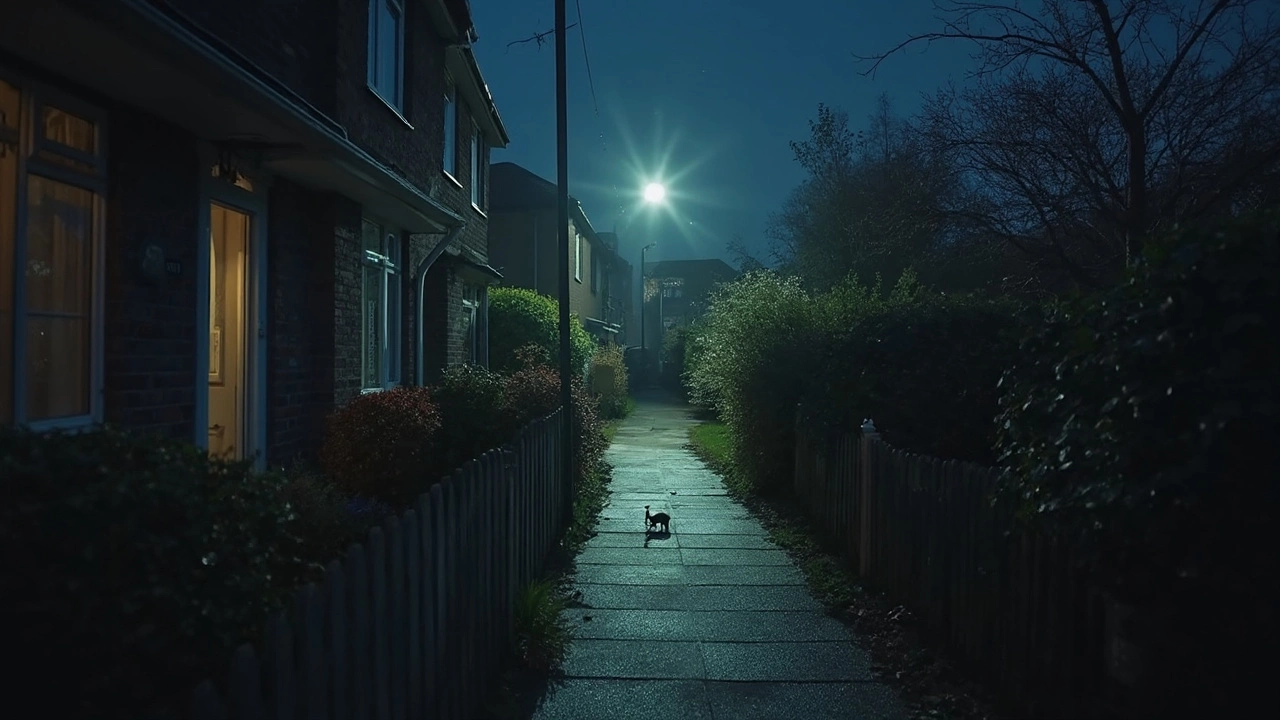
If your security camera leaves you staring at blurry blobs and shadows at night, it’s not just you—it's a common struggle. This article breaks down what actually helps night vision cameras see better after dark and clears up some myths. You'll learn how light tricks, smart settings, and some surprising add-ons can sharpen your nighttime footage. Whether you’re tired of guessing if that’s a raccoon or just your neighbor's cat, you’ll find practical fixes right here. Skip the guesswork and get more out of your camera when the sun disappears.

Discover the best night vision cameras that can enhance your night-time photography or security needs. This guide provides insights into what makes a great night camera, covering features like low-light performance, ease of use, and price. Whether you're capturing wildlife or keeping your property safe, there's a camera for you. Learn about top brands and models that stand out for their reliability and quality. Equip yourself with invaluable buying tips and facts on making the right choice.
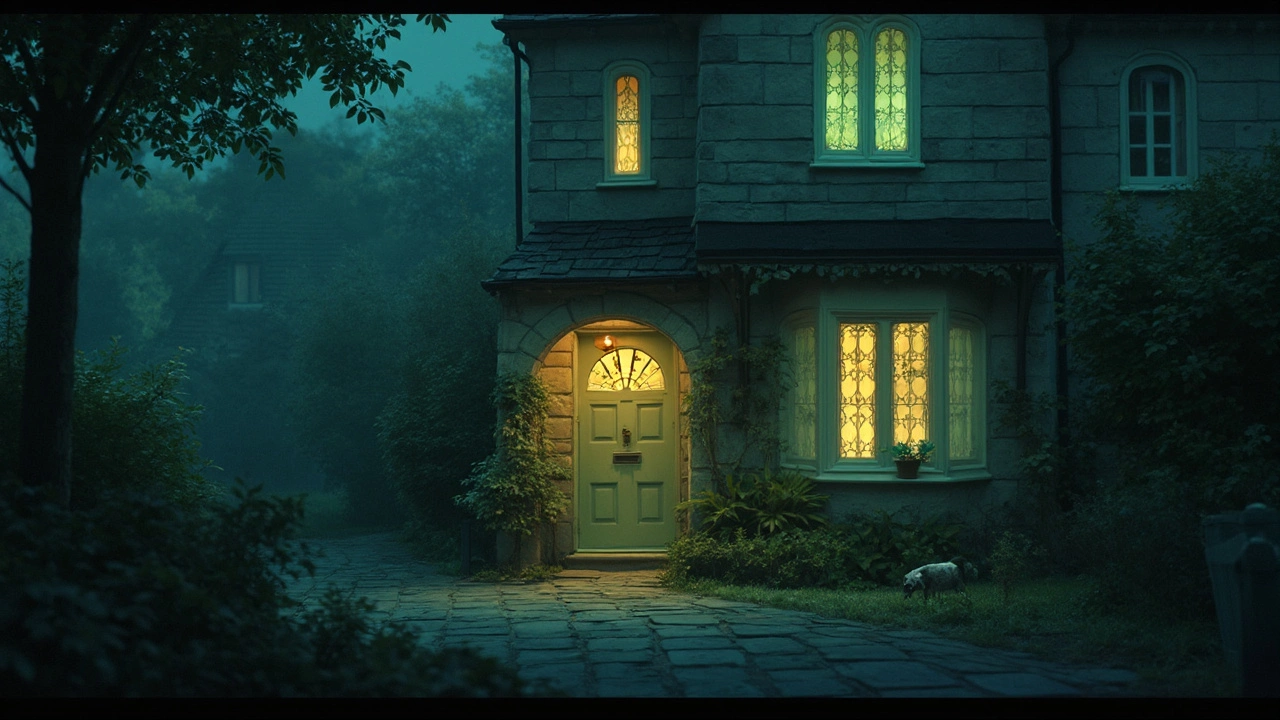
Night vision cameras bring a sense of security, but can they see through windows? This article delves into how these gadgets work, exploring myths and practical realities. It unpacks how infrared technology interacts with glass and offers tips on optimizing your surveillance system. By understanding these factors, you can make informed decisions about your home or business security setup.
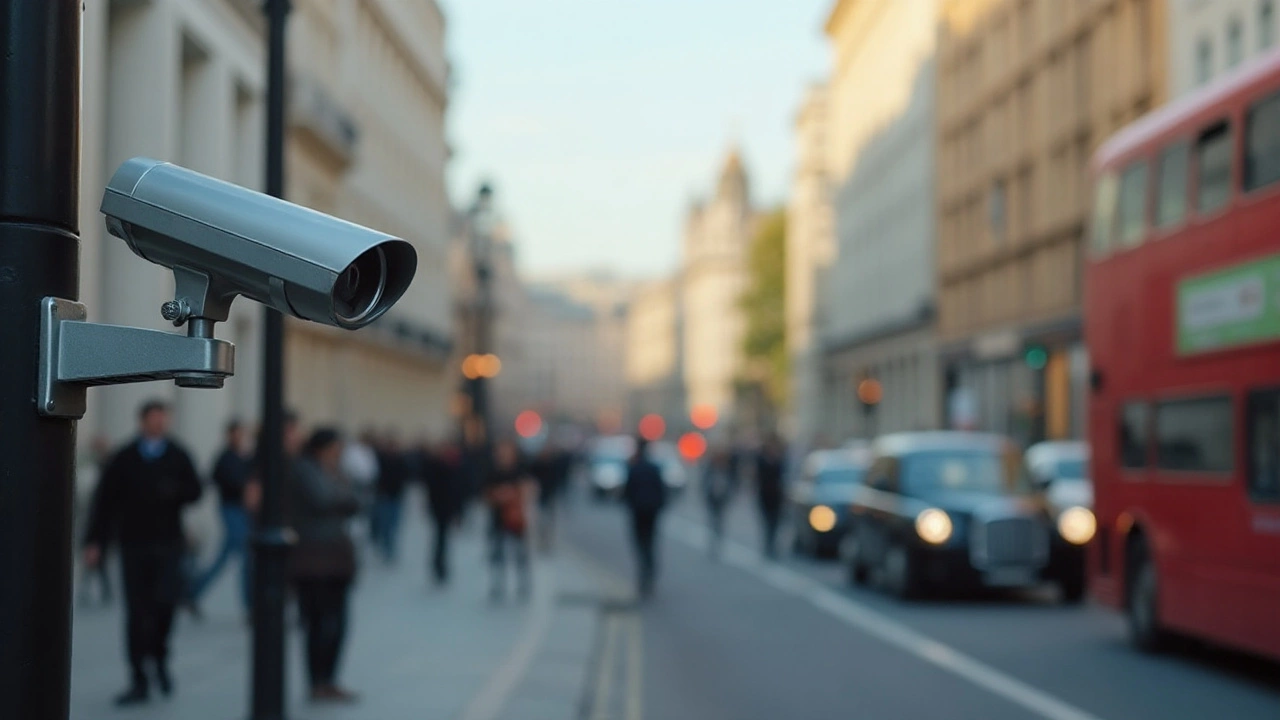
Are night vision cameras just as effective during the day as they are at night? This article explores how night vision technology adapts to daylight conditions, including insight into their lenses and sensors, the benefits of using them in broad daylight, and understanding potential limitations. Readers can discover practical tips regarding the optimal usage of these cameras throughout the day and how to maximize their functionality. This guide provides valuable information for anyone interested in enhancing their surveillance systems with versatile camera options.
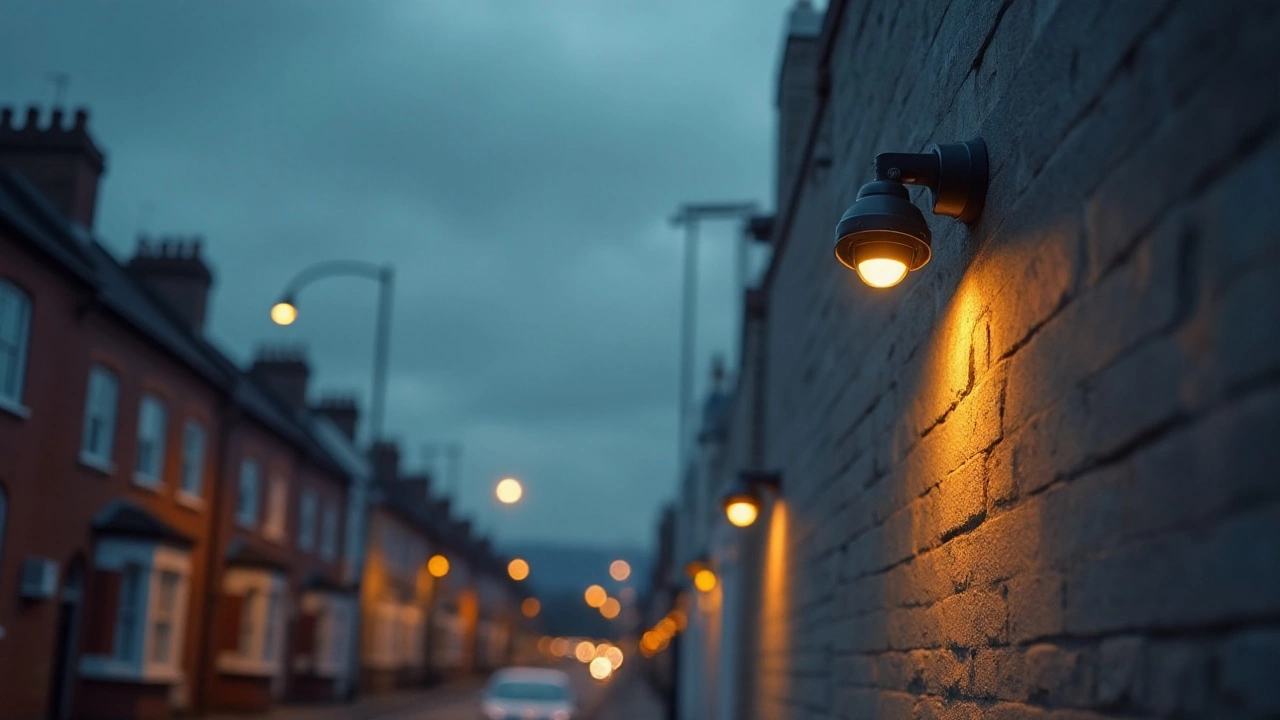
When selecting a security camera for night vision, the color of the camera not only affects aesthetics but also its functionality and visibility. This article explores why the color choice matters, considering factors such as environmental blending, thermal regulation, and nighttime visibility. Understanding these factors can help you make an informed decision for effective surveillance. Learn how to match your camera's color with your surroundings to enhance security.
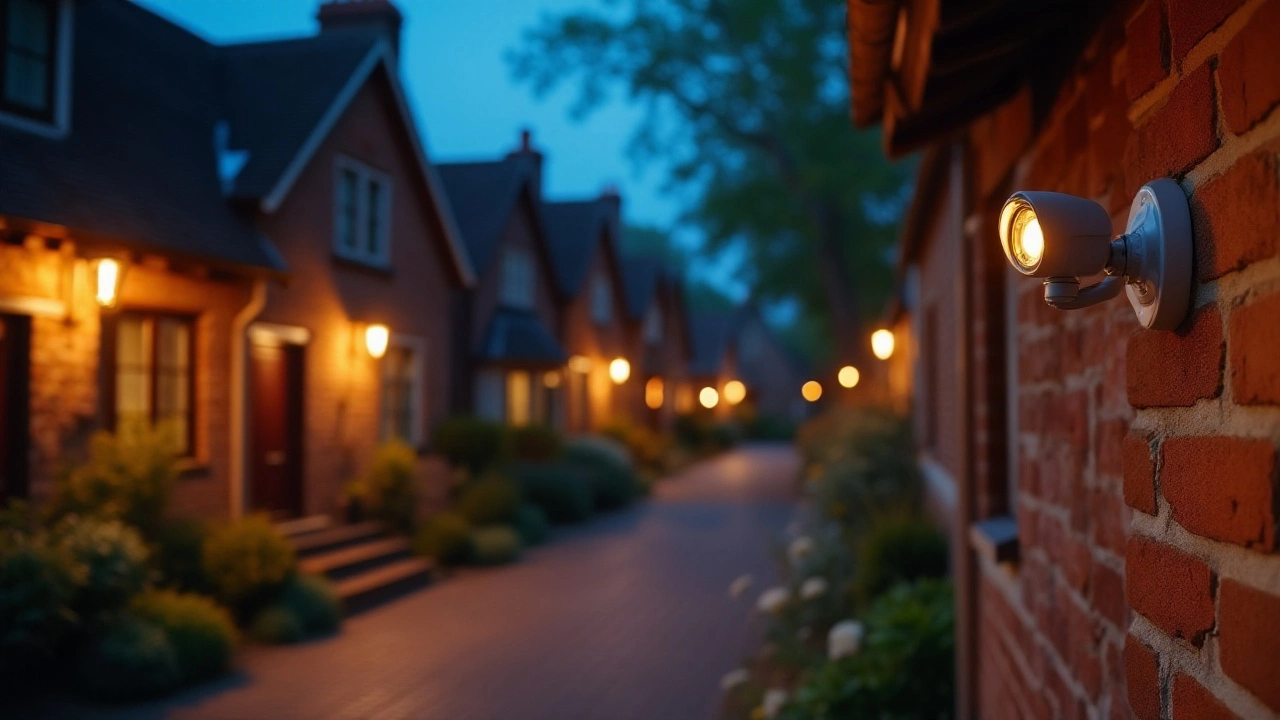
Not all surveillance cameras come equipped with night vision capabilities. While many modern security cameras do boast this feature, there are variations in infrared technology, image quality, and functionality. Some cameras use advanced infrared LEDs, while others rely on low-light color sensors. It's important to understand different options available to make an informed choice based on surveillance needs.